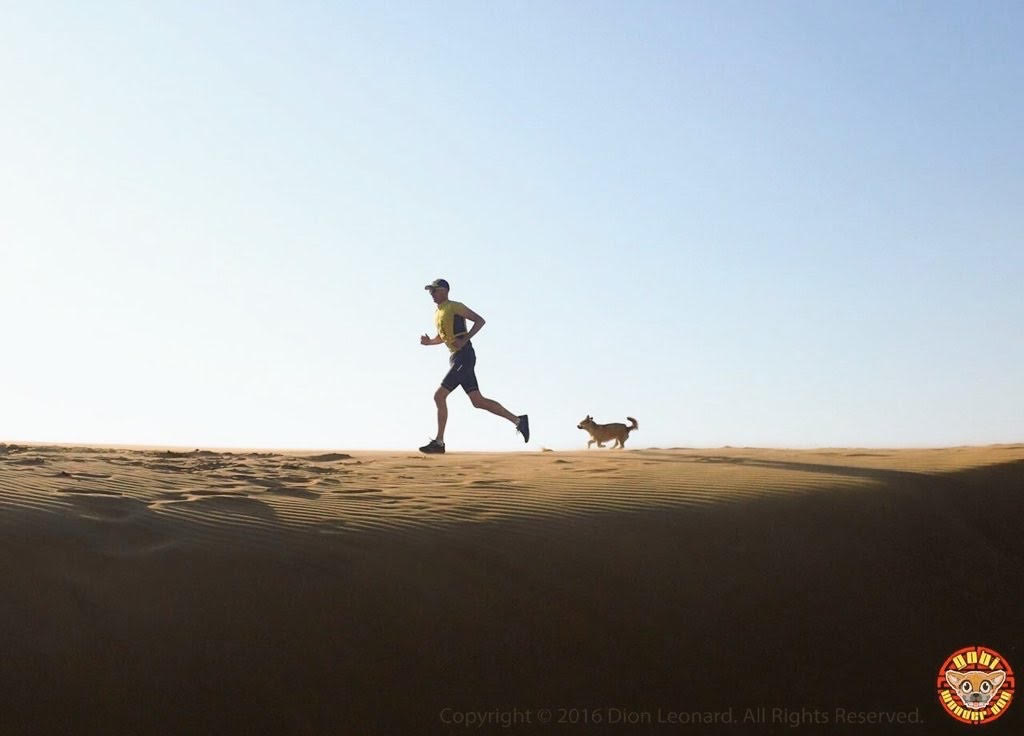Last updated: 02-Mar-16
Written by Sports Dietitian Rin Cobb
You’re struggling to think, can’t quite catch your breath and you have the beginnings of a lingering headache. At this point you might be questioning your thought process to do an ultra race at altitude but these are just some of the more common symptoms to be expected. But take my word for it; at the end of each stage, recovering with a hot cocoa in hand amongst those Himalayan giants, you’ll remember what inspired you in the first place.
Being a capable and confident runner at sea level can be quite different to running at high altitude with the added burden of running but with less oxygen. The diminished atmospheric pressure that comes with altitude creates an additional number of factors to consider, unique to running an ultra at high altitude.
Fuel
With all that huffing and puffing, your body is going to be using up more energy and will need even more fuel than running an ultra at sea level. Carbs are a runner’s primary fuel source and at altitude your body relies on them even more so as the body is working with less oxygen and takes several weeks to adapt to using fat stores more efficiently. With this in mind, it’s worth thinking about taking additional high energy carby snacks and sports powders, which work for you.
High-energy carb snacks
Flapjacks
Marzipan (try adding dried fruit, nuts, seeds & rolling into bite-sized balls)
Chocolate or yoghurt covered raisins
Crisps, pretzels, cheesy biscuits
Jelly or jelly sweets
Fluid
As an ultra runner I don’t need to preach to the converted about the importance of staying hydrated but it’s not just how dehydration affects your performance that you need to be mindful of but how it can mask early signs of altitude sickness too. The combination of all those extra breaths you’ll find yourself taking with an altitude-induced increased need to pee, you’ll be losing more fluid than usual so the need to drink is even more pronounced. Although the dry mountain air may help your desire to drink, this can dwindle as the temperature falls with every extra meter you climb so keeping up with these high fluid needs can be challenging.
Getting into a routine of drinking at altitude, whether you’re thirsty or not can be helpful as can checking the colour of your pee; pale yellow means you’re a hydrated fellow! Electrolytes either in tablet or powder form aid your body to absorb water better and with a subtle flavour can help encourage you to drink more. One step better is a combined electrolyte and carbohydrate powder providing energy whilst also delivering the benefits of electrolytes.
Appetite
If running an ultra race wasn’t enough to contend with, altitude can also affect your appetite and make you more prone to nausea. Gut problems are well renowned amongst runners even at sea level and I’m sure some of you have experienced issues with your appetite, nausea and even sickness at times whilst running. For those that haven’t suffered before, this maybe a new hurdle you need to overcome so here’s a few top tips:
- Try to eat little and often throughout the day
- Make the most of your drinks; sports powders, recovery powders, hot choc, Horlicks
- Some find ginger can help relieve nausea; ginger tea, sweets, biscuits
- If really struggling to eat, try fortifying meals with Complan, milk powder, squeezy cheese or condensed milk, honey, peanut butter
Whether your race is self-sufficient or your meals are provided, making the most of extra snacks and drinks can make all the difference not just to give your body the nutrition it needs but also your mind. In moments of low morale, the ability to motivate from that favourite Snickers bar or packet of jelly babies will never cease to amaze me.





